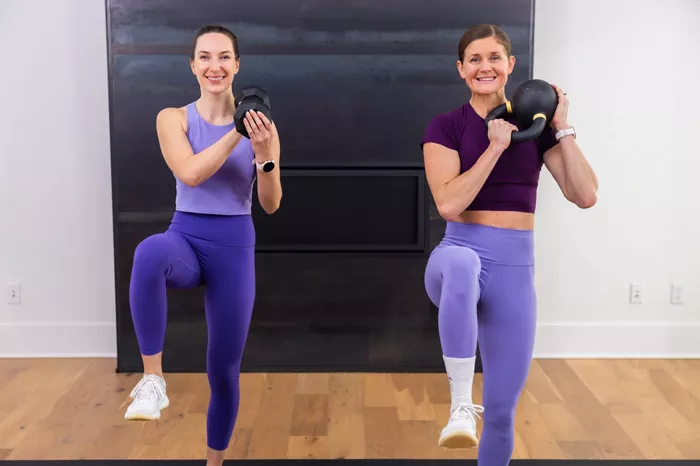Fitness routines today can be built around almost anything. CrossFit promotes constant variation at moderate intensity to improve physical skills. Yoga connects movement with breath and consciousness. High-Intensity Interval Training (HIIT) focuses on short bursts of intense activity followed by brief recovery to build stamina.
Now, a new trend is gaining attention—Zone 2 cardio. It’s based on a well-established idea: exercising within a specific heart rate range can help you get more from your workout.
What Is Zone 2 Cardio Training?
In exercise science, there are five heart rate zones. These zones help people measure effort, reach specific goals, and improve overall performance. Zone 1 is the easiest, and Zone 5 is the most intense. Zone 2 falls in between.
“Zone 2 is aerobic exercise that is considered light to moderate in intensity,” explains Dr. Carrie Jaworski, a sports and exercise medicine physician at Intermountain Health in Salt Lake City. This type of exercise raises your heart rate in a sustainable way. It strengthens your heart and improves blood flow to your muscles and organs. It also delivers more oxygen to your body.
The goal is to keep your heart rate at 60% to 70% of your maximum. Dr. Michael Fredericson, director of physical medicine and rehabilitation at Stanford University, says this keeps you “in the zone.”
Walking briskly is the most common Zone 2 activity. But other options include rowing, jogging, swimming, and cycling, says Jaworski.
Is Zone 2 Cardio Good for Fat Loss?
Many people choose Zone 2 cardio because it’s known as the “fat-burning zone.” At this intensity, your body uses fat for fuel. But that doesn’t mean it directly leads to fat loss.
“While your body does use fatty acids in Zone 2, that doesn’t automatically mean your body fat percentage will go down,” Jaworski explains. “What it really does is improve your body’s ability to burn fat efficiently.”
Zone 2 cardio also has other health benefits. It can improve cholesterol levels, insulin sensitivity, and reduce the risk of heart issues, especially for those already managing cardiovascular conditions.
Another big benefit is that Zone 2 workouts are gentle on the body. “It’s easier to recover from than more intense training,” says Jaworski. “You can do it more often, recover faster, and avoid burnout or overtraining.”
Fredericson adds that the moderate intensity also helps muscles contract more effectively. Cardiovascular improvements include a lower resting heart rate, better blood pressure control, and improved blood vessel function. This can also enhance blood clotting and immune response.
Because of these benefits, the American College of Sports Medicine recommends at least 150 minutes of moderate-intensity exercise, like Zone 2 cardio, each week.
How to Find Your Zone 2 Heart Rate
To exercise in Zone 2, you need to know your target heart rate. Start by subtracting your age from 220. That gives you your estimated maximum heart rate. Then, calculate 60% to 70% of that number.
Fredericson says fitness trackers or heart rate monitors can help you stay within that range during exercise.
If you don’t want to use a monitor, there’s a simpler method. “You can use the talk test,” says Jaworski. This means you’re exercising at a pace where you can still talk, but it’s getting harder. If you need to take a breath every three to five words, you’re likely in Zone 2. The Mayo Clinic also supports this approach.
Once you get comfortable training in Zone 2, Jaworski says you can start pushing your body further. “Zone 2 builds the foundation for harder workouts in the future,” she says.

